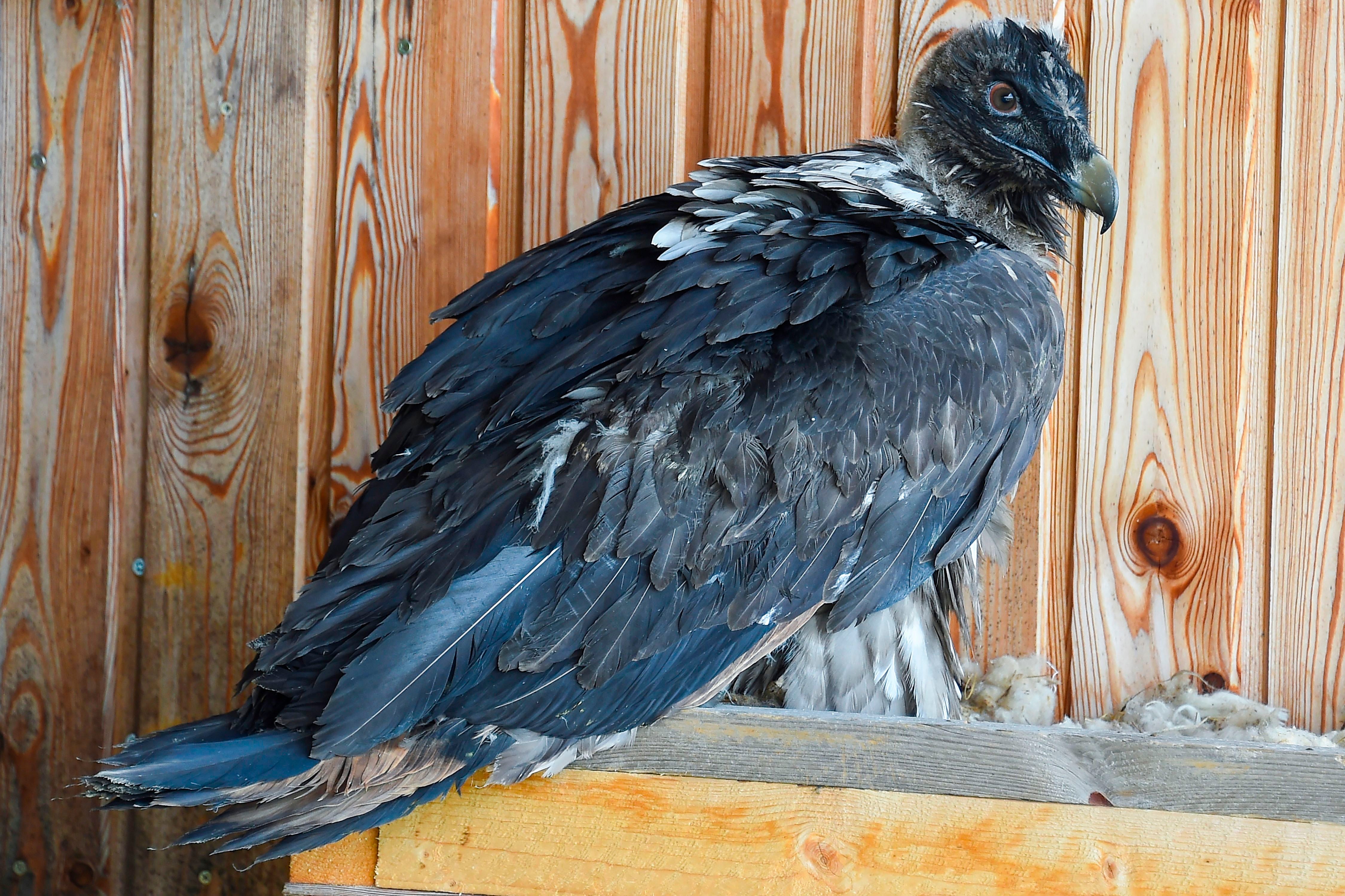The Independent's journalism is supported by our readers. When you purchase through links on our site, we may earn commission.
Medical researchers in Vienna reconstruct vulture’s lost limbs and create world’s first ‘bionic bird’
Team used novel technique in which external prosthetic parts are connected directly to a bone anchor

Your support helps us to tell the story
From reproductive rights to climate change to Big Tech, The Independent is on the ground when the story is developing. Whether it's investigating the financials of Elon Musk's pro-Trump PAC or producing our latest documentary, 'The A Word', which shines a light on the American women fighting for reproductive rights, we know how important it is to parse out the facts from the messaging.
At such a critical moment in US history, we need reporters on the ground. Your donation allows us to keep sending journalists to speak to both sides of the story.
The Independent is trusted by Americans across the entire political spectrum. And unlike many other quality news outlets, we choose not to lock Americans out of our reporting and analysis with paywalls. We believe quality journalism should be available to everyone, paid for by those who can afford it.
Your support makes all the difference.Researchers at the Medical University of Vienna have reconstructed the limbs of a bearded vulture that had to be amputated after it injured its foot, helping the world’s first “bionic bird” land and walk again with two feet.
The team used a novel technique called osseointegration in which external prosthetic parts are connected directly to a bone anchor to provide a solid skeletal-attachment, their study, published in the journal Scientific Reports, noted.
“This concept offers a high degree of embodiment, since osseoperception provides direct intuitive feedback, thereby allowing natural use of the extremity for walking and feeding. For the first time we have now successfully bionically reconstructed the limb of a vulture,” explained Oskar Aszmann from the Department of Plastic, Reconstructive and Aesthetic Surgery, MedUni Vienna.
With a wingspan of up to 2.6 m, bearded vultures are the largest flying birds in Europe, and the particular bird, “Mia”, had injured its foot, which had to be amputated.
Feet are vital for a vulture not only for landing and walking, but also for holding onto their prey, and they need their legs to withstand various loads.
“Following a clinical visit to Haringsee, it was clear that the rare bird could not survive long in its current condition. We designed and fabricated a special bone implant that could be surgically attached to the stump.” Aszmann said in a statement.
To conduct the surgery, the surgeons and researchers first analysed the remaining length of bone and geometry of the inner section’s of the bird’s stump.
Then they made sure that a titanium implant of sufficient length and diameter could be designed so that the external prosthesis would be adequately stable.
The researchers then ensured that the bone physiology and skin surrounding the region is flexible with sufficient blood vessels, so that it could be surgically manipulated to integrate with the titanium prosthesis, and also allow subsequent healing.
After inducing general anaesthesia, the surgeons carefully made a cut 2.8 mm proximal to the distal end of the bone, using a specifically designed instrument.
They then longitudinally inserted the titatnium fixture into the area inside the bone which contains the bone marrow called the medullary canal.
After checking for the successful integration of the prosthetic limb with the bones, the surgeons closed the stump by suturing skin graft onto it, and wrapping sterile gauze around the abutment screw with additional bandage.
The bird was put on antibiotics, pain killers, and anti-inflammatory drugs for the following few days, they said.
According to the researchers, the bird made the first attempts to walk just three weeks post-surgery, and the prosthesis was under full load after six weeks.
“Now Mia can once again land and walk using both feet, making it the first ‘bionic bird’,” Aszmann said.
Join our commenting forum
Join thought-provoking conversations, follow other Independent readers and see their replies
Comments